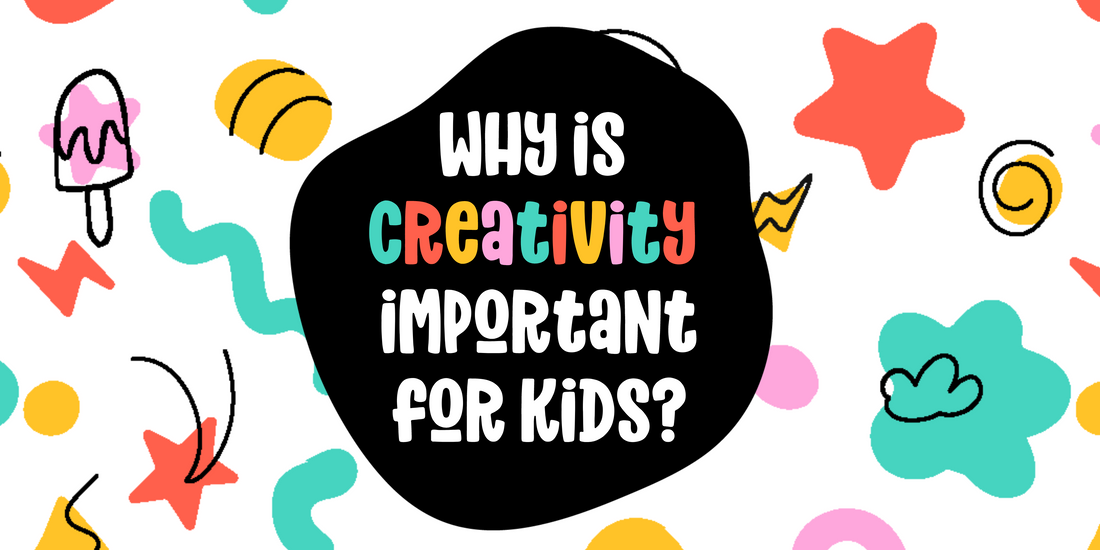Why Creativity is Important for Kids: Unlocking the Power of Imagination
In a world that increasingly values innovation and problem-solving, creativity has never been more important—especially for children. Fostering creativity is not just about making art or engaging in crafts; it’s about nurturing a child’s ability to think outside the box, explore new ideas, and develop critical life skills. Whether your child is painting, building with blocks, or molding air-dry clay, the act of creating sparks imagination and growth in ways that will benefit them for years to come.
Here’s why creativity is so essential for children and how it impacts their overall development.
1. Boosts Problem-Solving Skills
Creativity encourages children to look at problems from multiple angles and come up with innovative solutions. When kids engage in creative activities like building a sculpture out of air-dry clay or making a cardboard castle, they encounter obstacles—perhaps the castle keeps collapsing or the clay isn’t shaping as they intended. Instead of giving up, they have to think critically and come up with new ways to tackle the problem.
This type of thinking—where they experiment, try again, and find alternatives—prepares kids for real-world challenges. Problem-solving is a skill they will use throughout their lives, from navigating academic projects to solving complex problems at work.
2. Enhances Emotional Expression
Children, especially younger ones, often struggle to express their emotions verbally. Creativity gives them an outlet to communicate feelings they might not yet be able to articulate. Through drawing, painting, or crafting with air-dry clay, they can express joy, sadness, excitement, or frustration in a healthy and constructive way.
Creative activities allow kids to channel their emotions into something tangible, helping them better understand and cope with what they’re feeling. This emotional intelligence is key to their overall well-being and mental health as they grow.
3. Encourages Imagination and Innovation
Imagination is the heart of creativity, and fostering it in children opens up limitless possibilities. Kids who regularly engage in creative play are more likely to develop innovative thinking. Whether they’re crafting a fantasy world out of clay or inventing new rules for a game, they’re exercising their ability to envision what doesn’t yet exist and turn it into reality.
This imaginative thinking can lead to innovative ideas in other areas of life, including academics and future careers. Some of the world’s greatest inventions and solutions were born out of creativity and imaginative thinking—skills that are fostered early in life.
4. Builds Confidence and Self-Esteem
Creative activities help children develop confidence in their abilities. When they see a project through from start to finish—whether it’s drawing a picture, molding a sculpture, or making something with their hands—they feel a sense of accomplishment. This boosts their self-esteem and motivates them to take on new challenges.
For example, when a child successfully creates a figure out of air-dry clay, they gain confidence in their problem-solving abilities and creative expression. The more they engage in these activities, the more they believe in their capacity to create, innovate, and overcome obstacles.
5. Improves Fine Motor Skills
Many creative activities, especially those involving hands-on materials like air-dry clay, help children develop their fine motor skills. When kids mold, pinch, and shape clay, they strengthen the small

